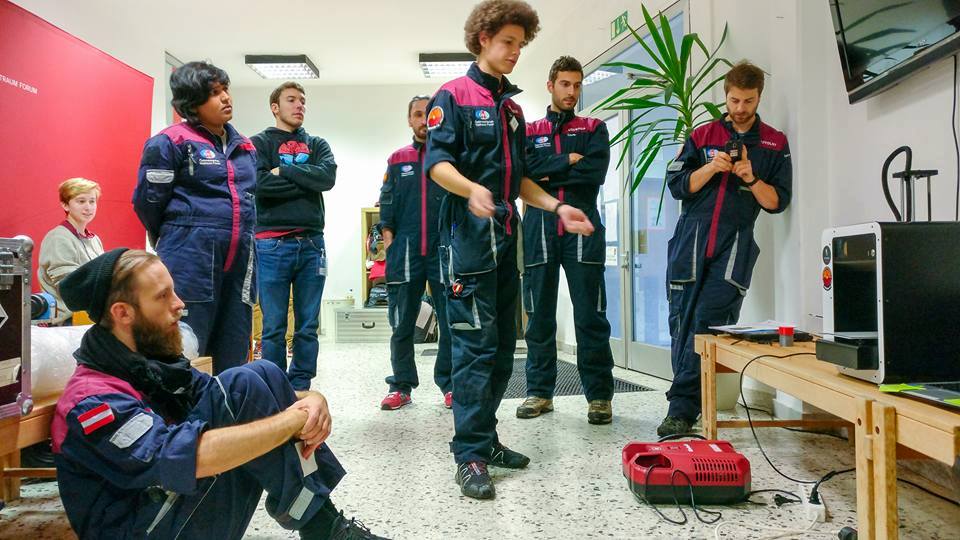3D printing is to play a key role in AMADEE-18, a month-long simulated field mission to Mars led by the Austrian Space Forum (OeWF) with the support of the Sultanate of Oman.
The mock-Mars mission will see scientists from 25 nations travel to Dhofar, a barren region of Oman sharing many geological surface features with Mars. There they will live in isolation and conduct 19 different experiments including space suit testing, sub-surface characterization and 3D printing essential operational tools.

3D printing in space and on Mars
The importance of 3D printing in space has been acknowledged by likes of Dr Douglas Terrier, Acting Chief Technologist at NASA. He explained last year to 3D Printing Industry that spare parts are the largest consumable taken into space since there is no other way to obtain them.
3D printing on-demand in space will eliminate the need to take as many spare parts on a mission, thereby cutting the costs associated with additional weight and extra fuel.
Other important extra-terrestrial applications of 3D printing include the Mars habitat challenges. These require teams to combine robotics and 3D printing to build structures using materials only available on the red planet’s surface, and are sponsored by NASA and the European Space Agency.

A3DPT-2-Mars, 3D printing in AMADEE-18
A3DPT-2-Mars is the only project 3D printing at AMADEE-18 solely dedicated to 3D printing in manned Mars expeditions. A follow up to 2017’s A3DPT-Mars 3D printing experiment, it will be planned and supervised by TU Graz, and involves the participation of seven “Analog Astronauts”, the project’s specifically-trained spacesuit testers.
As part of the experiment 3D printing will be used in geological investigations and to manufacture spare parts in situ. Operational workflow experiments will be conducted on the fabricated replacement parts to assess their suitability in a Martian environment.
The Analog Astronauts will be 3D printing over the course of the project. Speaking to Gulf News, Analog Astronaut João Lousada explained that “among the 19 experiments, 3D printing will be crucial for future human missions to Mars. As part of our junior researchers’ program, A3DPT, it will allow us to print tools and parts during the mission.”

Nominations for the second annual 3D Printing Industry Awards are now open. Make your selections now.
For more stories on 3D printing in outer space, subscribe to our free 3D Printing Industry newsletter, follow us on Twitter, and like us on Facebook.
Featured image shows the OeWF’s 2013 Morocco Mars Simulation, aptly named MARS2013 and the last such simulation. Photo via OeWF.

